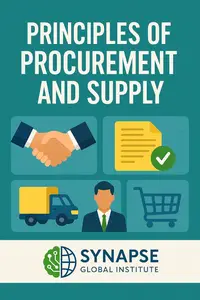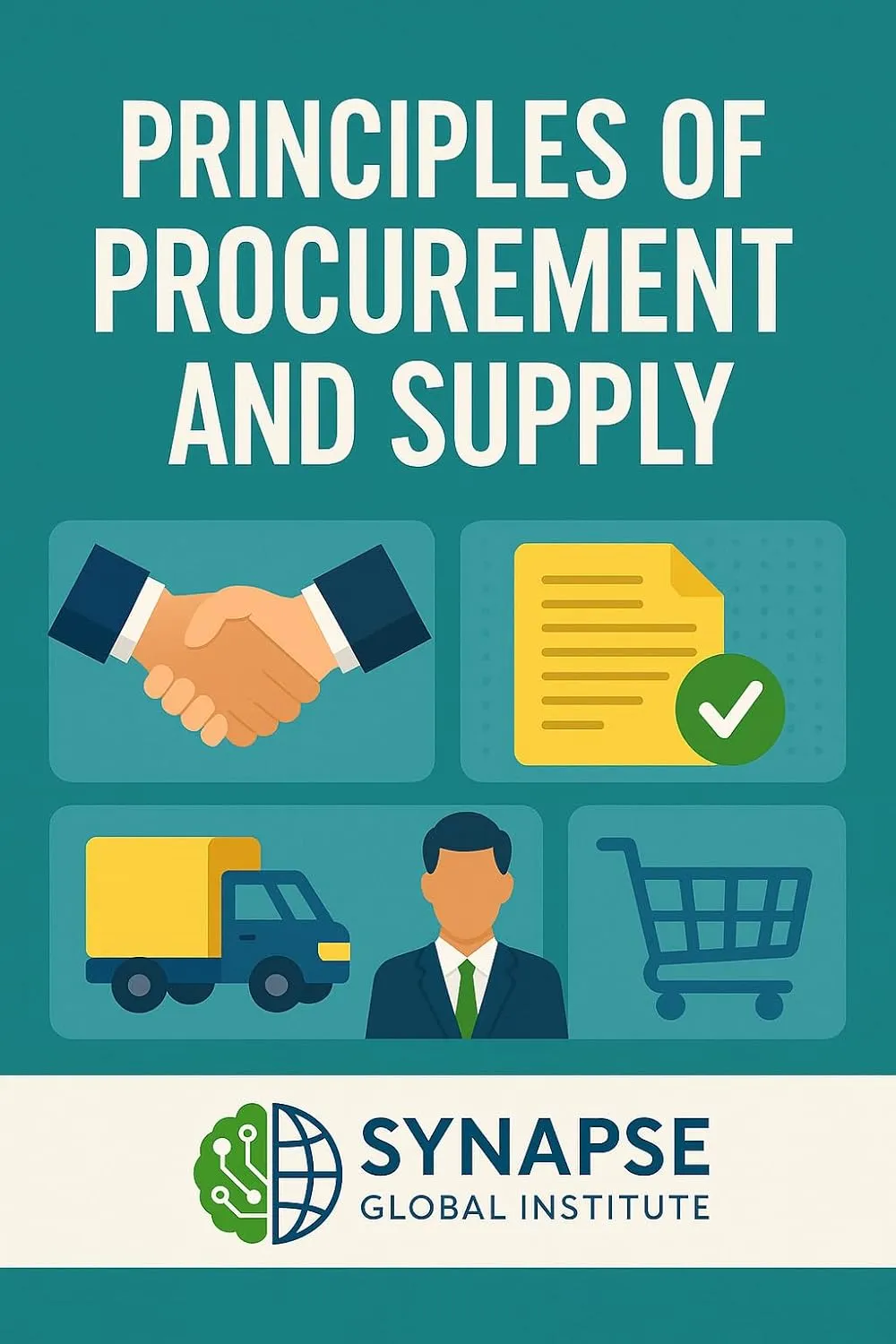PRINCIPLES OF PROCUREMENT AND SUPPLY by Synapse Global Institute , Evans Langat
English | April 6, 2025 | ISBN: N/A | ASIN: B0F3Y2YYWP | 264 pages | EPUB | 1.23 Mb
English | April 6, 2025 | ISBN: N/A | ASIN: B0F3Y2YYWP | 264 pages | EPUB | 1.23 Mb
The dynamic landscape of procurement and supply chain management has become increasingly critical to the success and sustainability of organisations across the globe. In Kenya and the broader East African region, the discipline plays a vital role in enhancing service delivery, supporting national development agendas, and driving economic growth through efficient resource utilisation.
This book, Principles of Procurement and Supply, has been developed as a practical, comprehensive, and student-friendly guide tailored to meet the needs of learners pursuing the APS-K Diploma Level II in Supply Chain Management under the Kenya Institute of Supplies Examination Board (KISEB). The content is fully aligned with the KISEB syllabus and designed to bridge the gap between theoretical foundations and practical application in real-world procurement and logistics environments.
Each chapter has been carefully structured to introduce key concepts in simple and clear language, reinforced with illustrative examples, local case studies, and practical scenarios drawn from both the public and private sectors. Special attention has been given to the unique challenges and opportunities within the Kenyan and East African contexts, ensuring relevance and relatability for students and practitioners alike.
The book is ideal not only for students preparing for professional examinations but also for procurement officers, supply chain practitioners, public servants, and private sector managers seeking to strengthen their understanding and application of procurement principles.
It is my hope that this book will serve as a valuable resource in nurturing a new generation of competent, ethical, and innovative supply chain professionals, and that it will contribute meaningfully to the ongoing professionalisation and transformation of procurement and supply chain functions in Kenya and beyond.



